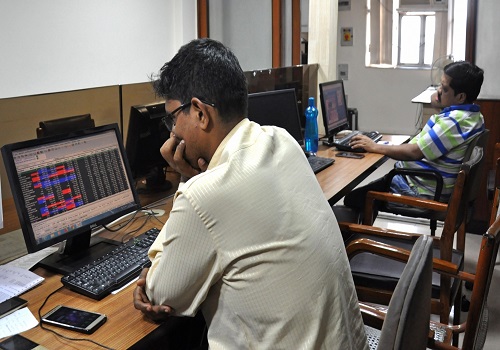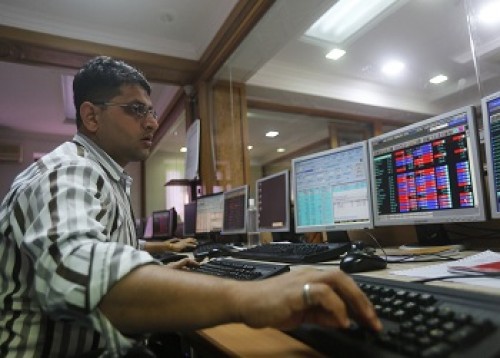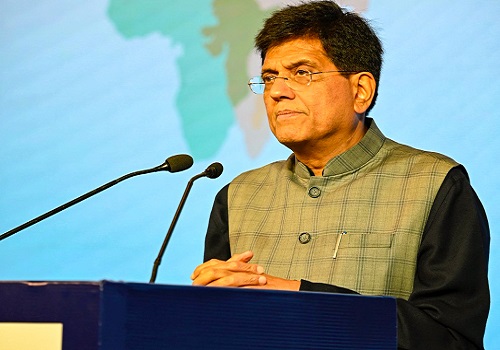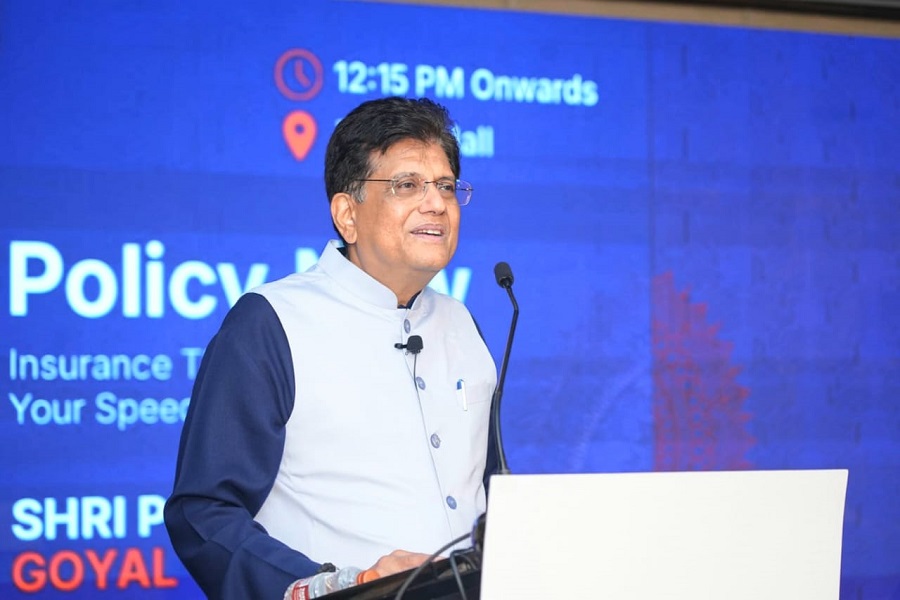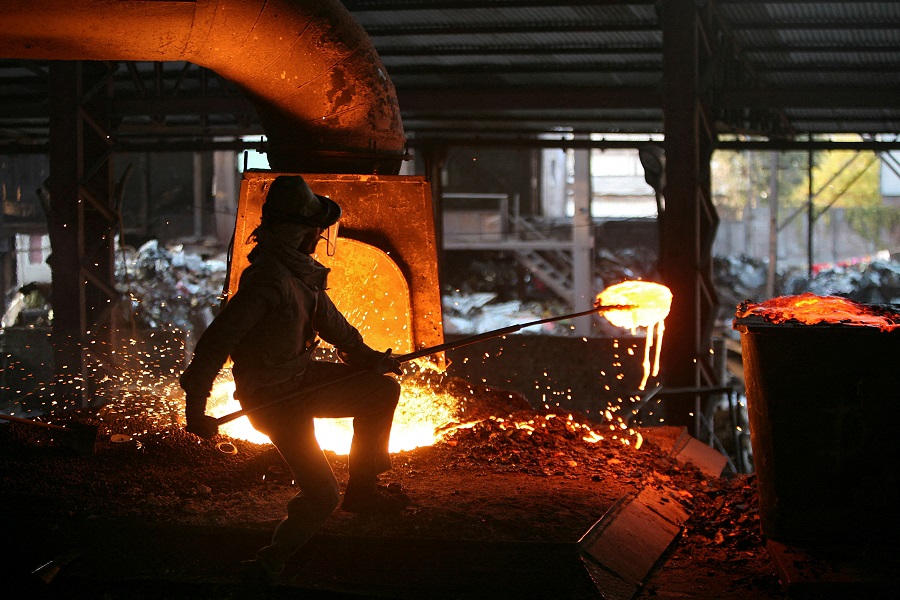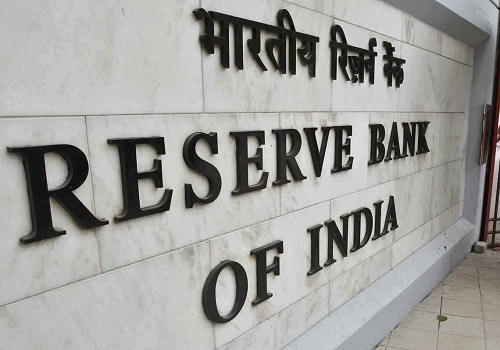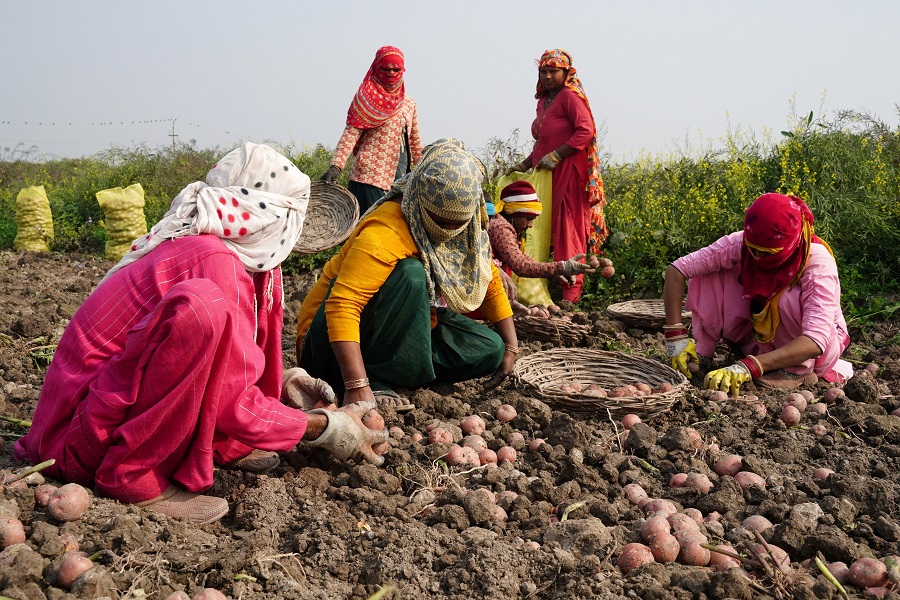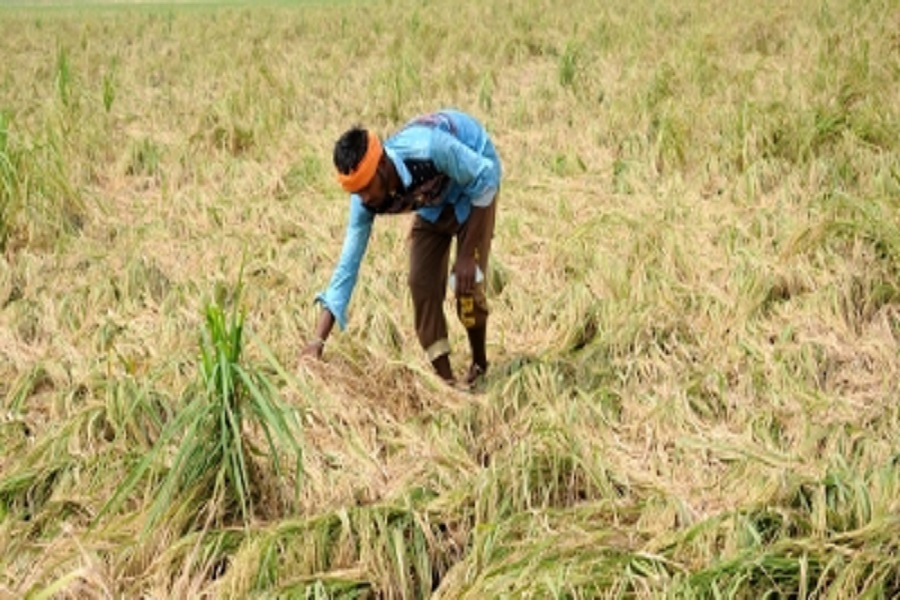CPI inflation : Food prices likely peaking, but RBI to stand pat by Emkay Global Financial Services Ltd

Food prices likely peaking, but RBI to stand pat
Lower headline inflation for July (3.54%) is largely due to a favorable base effect, while sequential momentum was at a one-year high due to higher food prices. The vegetable price spike continued (14% MoM), but August has seen a sharp correction which should help prices mean-revert rapidly. Core inflation moved slightly higher owing to telecom tariff hikes. Aug CPI is tracking at ~4.1%, with lower food prices and some spillover effect of the tariff hikes, while Q2FY25E inflation is currently tracking ~15bps lower than the RBI’s forecast of 4.4%. While the MPC has been wary of higher food spillover risks to core inflation, we see core inflation averaging at ~3.6% in FY25 and not moving above 4% till end-CY24. But the RBI is likely to continue to stress on being 'actively disinflationary', and maintain a wait-and-watch mode to assess multiple macro forces, unless of course swinging global winds compel it to focus on financial stability over the 4% inflation mandate.
Favorable base pulls inflation lower, as food shocks propel sequential momentum
July CPI inflation at 3.54% YoY (Emkay: 3.72%; Consensus: 3.60%) was lower than June’s (5.08% YoY), mainly due to an extremely favorable base effect, with this being reflected in food inflation as well (5.4% YoY vs 9.4% in Jun-24). However, on a sequential basis, headline inflation rose 1.4% – the highest increase in a year, with food inflation seeing a 2.8% MoM increase. Within food, the continued spike in vegetable prices (14.1% MoM) accounted for majority of the rise, led by tomatoes (42% MoM), onions (21% MoM), and potatoes (17% MoM). Other food components were also higher sequentially, led by pulses. The surge in vegetable prices was due to supply disruptions caused by heavy rainfall across the country, but data for August so far shows a sharp correction, as regular supplies have resumed along with government intervention. This should allow prices to mean-revert as rapidly as they shot up.
Core CPI inches up owing to telecom tariff hike
The soft run of core prices continued, with core inflation (CPI ex-food, beverages, and fuel) at 3.3% YoY, albeit higher than the series-low seen in June (3.1% YoY). Monthly momentum of 0.56% was the highest in three months, albeit expected, on the back of a ~20% increase in mobile tariffs during the month. The communication sub-index rose 6.9% MoM, making it one of the biggest contributors for the month, while other components were subdued. With some hikes being delayed to August, a part of the tariff hike impact could be seen during the month as well.
Fading food supply issues to help moderate near-term inflation, with FY25E at 4.5%
We are currently tracking August headline inflation at 4.1%, with the favorable base effect fading. However, prices for August so far show a sharp correction across major food categories, especially pulses, fruits, and vegetables which will help reduce the price momentum. Q2FY25 is currently tracking ~15bps lower than the RBI’s forecast (4.4%). Progress of the monsoons is encouraging so far, with possible La Niña conditions likely to help rainfall over the second half of the monsoon which will aid sowing activity. While the MPC has been wary of higher food spillover risks to core inflation, we see core inflation averaging at ~3.6% in FY25 and not moving above 4% till end-CY24. We expect FY25E headline inflation to average at 4.5% (FY24: 5.4%), largely in line with the RBI’s forecast.
IIP growth slows in June
June IIP growth was lower at 4.2% YoY (May: 6.2% YoY), with manufacturing activity growing at a subdued rate of 2.6% YoY (May: 5.0% YoY), whereas mining activity improved to 10.3% YoY (May: 6.6% YoY) and electricity production rose 8.6% YoY (May: 13.7% YoY). By use-based classification, all categories registered positive growth, except consumer non-durables. With auto inventories building up, some payback in durables production may happen ahead.
RBI to remain on wait-and-watch mode
We maintain that the Fed's pivot will precede and impact the RBI's change in stance and rate action, even though the RBI maintains that Fed actions are not a key determinant in their rate actions. As long as the global market turmoil remains contained, there will be flexibility for the RBI to stay focused on domestic inflation and risk management. We maintain that growth is sub-par in India, and weaker demand dynamics will keep pressuring core inflation. However, the RBI is likely to continue to stress on being 'actively disinflationary', and maintain a wait-and-watch mode to assess multiple macro forces, unless, of course, swinging global winds compel it focus on financial stability over the 4% inflation mandate.
For More Emkay Global Financial Services Ltd Disclaimer http://www.emkayglobal.com/Uploads/disclaimer.pdf & SEBI Registration number is INH000000354

